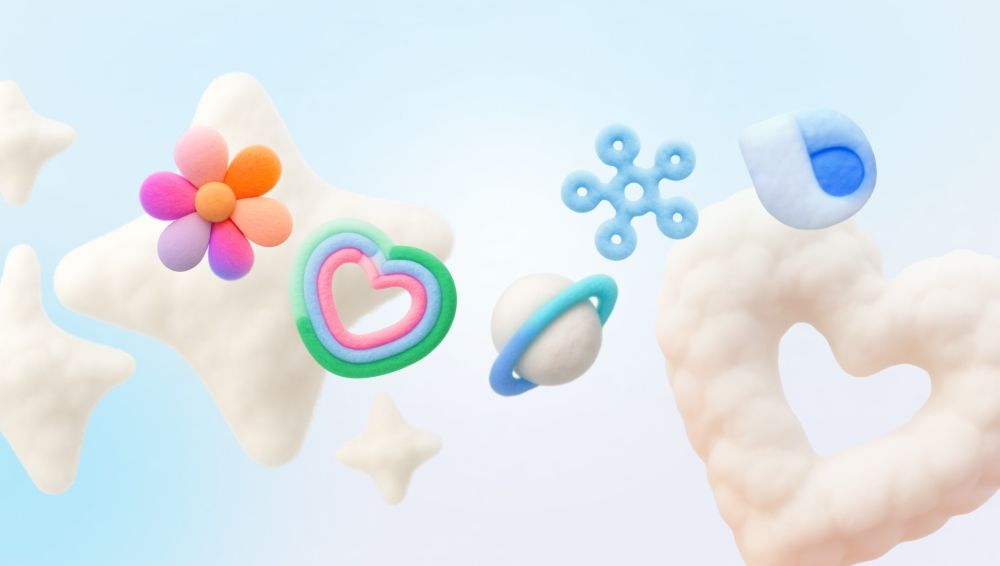Samsung is doubling down on its One UI vision as the connective tissue binding its sprawling device ecosystem together. The company's latest design story positions One UI as more than just a smartphone interface - it's become the unified experience layer across phones, tablets, smartwatches, earbuds, laptops, TVs and home appliances. While the marketing-heavy presentation lacks concrete technical details, it signals Samsung's broader strategy to compete with Apple's ecosystem integration through software consistency.
Samsung just laid out its vision for One UI as the software glue holding its device ecosystem together, though the company's latest design story reads more like a lifestyle brochure than a technical roadmap. The presentation, published on Samsung's global newsroom, emphasizes seamless experiences across the company's expanding hardware lineup - from Galaxy phones to smart refrigerators.
Since One UI's debut in 2018, Samsung has steadily evolved the interface from a mobile-focused skin into what it now calls an "AI-enabled Samsung experience." The company claims users can start tasks on one device and pick up where they left off on another, with health updates, memories, and to-do lists staying synchronized across the entire Samsung ecosystem.
The timing feels deliberate. As consumers increasingly expect their devices to work together seamlessly, Samsung is positioning One UI as its answer to Apple's ecosystem integration. Where Apple uses iCloud and Continuity features to create sticky user experiences, Samsung is betting on One UI's consistency to keep users within its hardware universe.
But the company's presentation raises more questions than it answers. While Samsung talks about "advanced technology and connectivity" becoming part of everyday life, it offers no specifics about how these cross-device handoffs actually work. The promotional materials feature heavily simulated interfaces with disclaimers noting that "actual UX may vary" - suggesting some of these seamless experiences might still be aspirational.
What's clear is Samsung's growing emphasis on AI integration within One UI. The company describes scenarios where "chores take care of themselves" and personal assistants help users in various contexts, pointing to the company's broader Galaxy AI strategy that's been rolling out across its premium devices.
The ecosystem play makes strategic sense for Samsung. As smartphone upgrade cycles stretch longer and competition intensifies, creating software experiences that encourage users to buy multiple Samsung devices could provide a crucial revenue boost. The company already dominates Android market share in many regions, but getting Galaxy phone users to also buy Samsung tablets, watches, and appliances represents significant upside.












